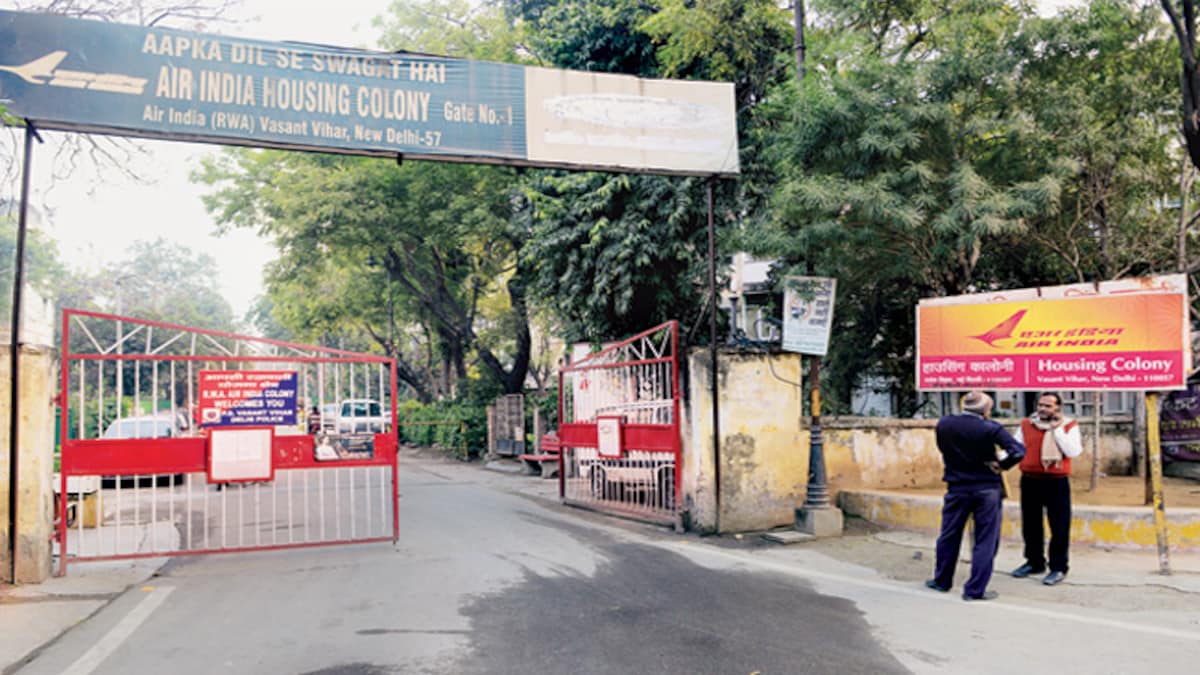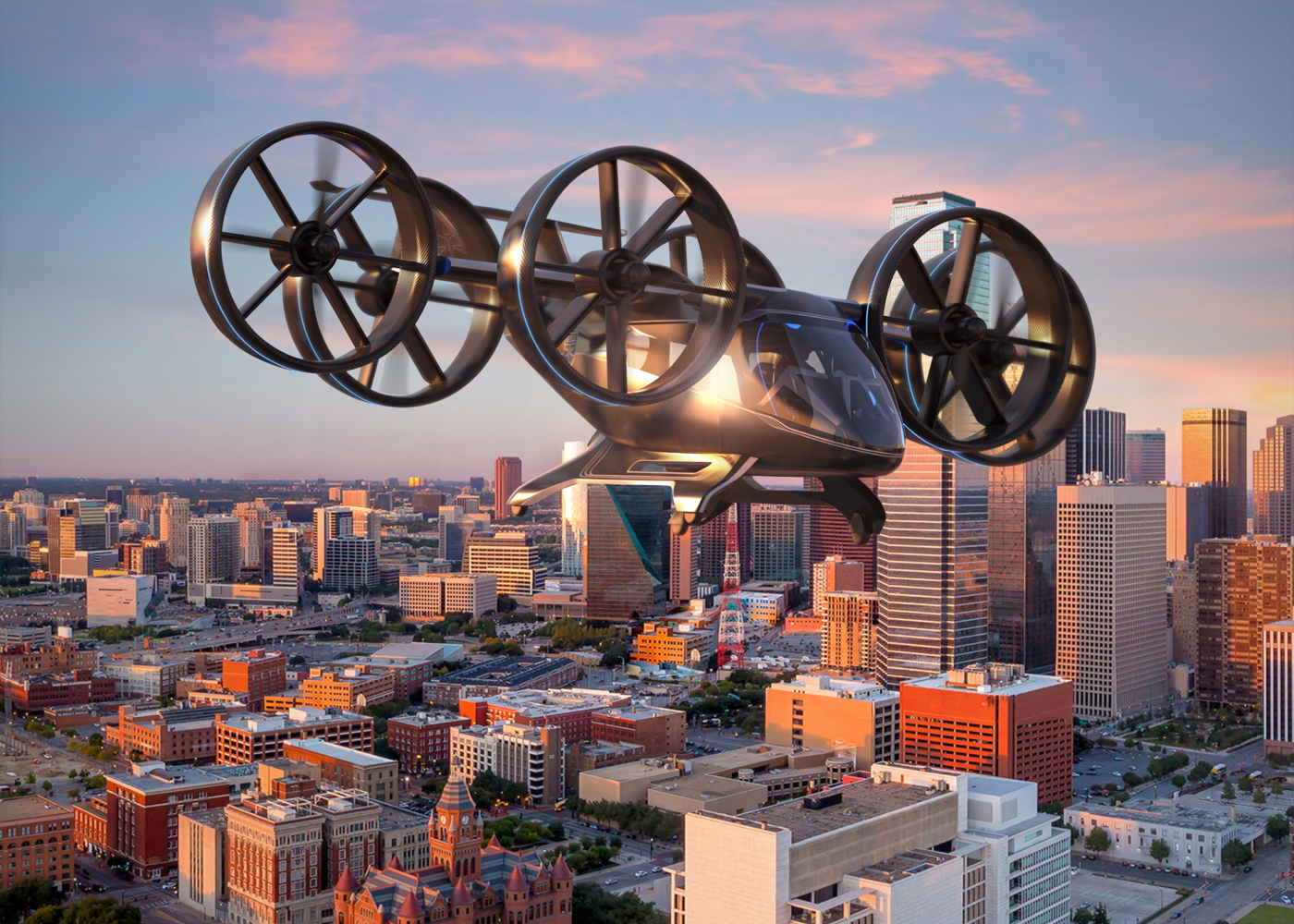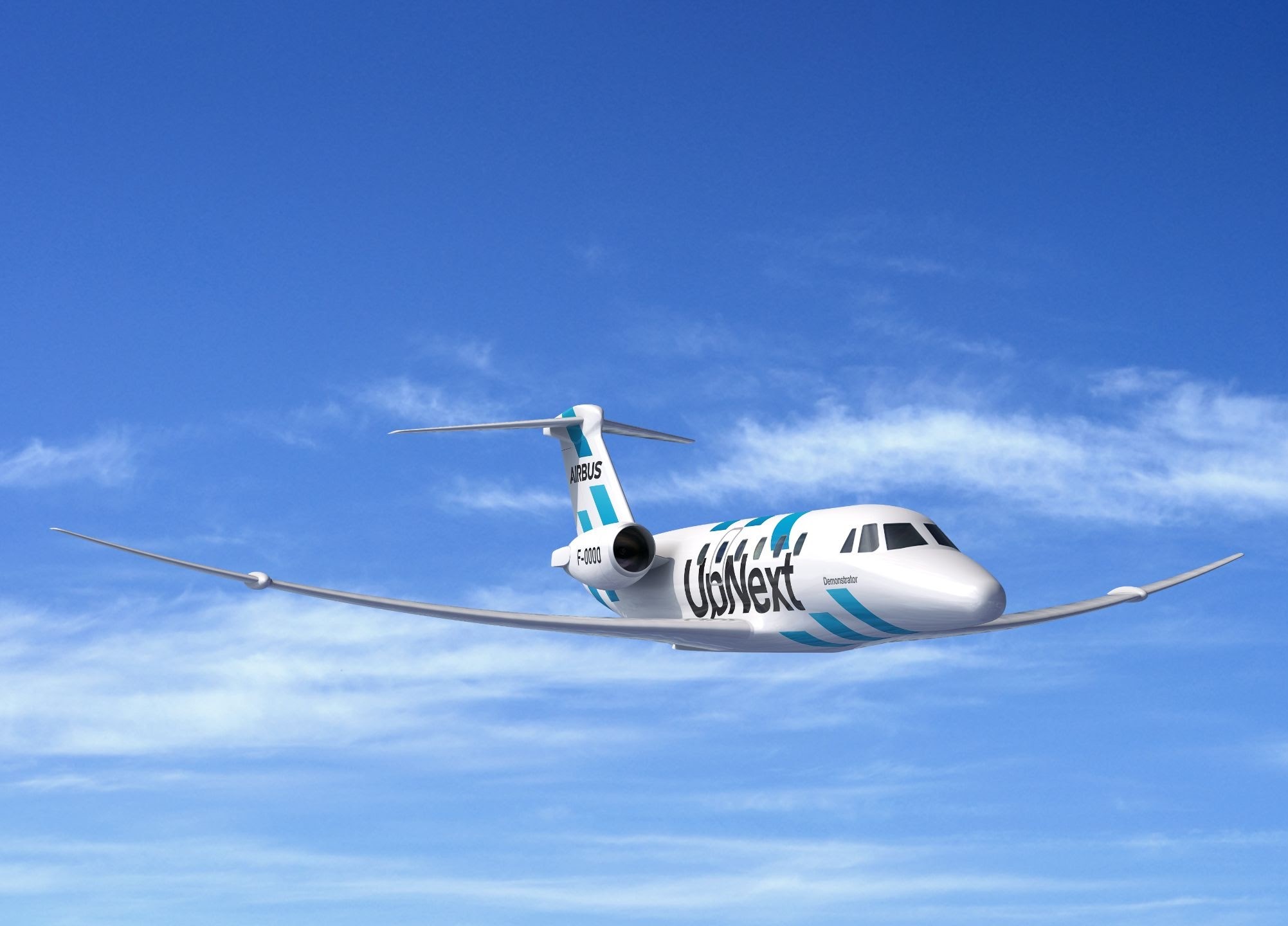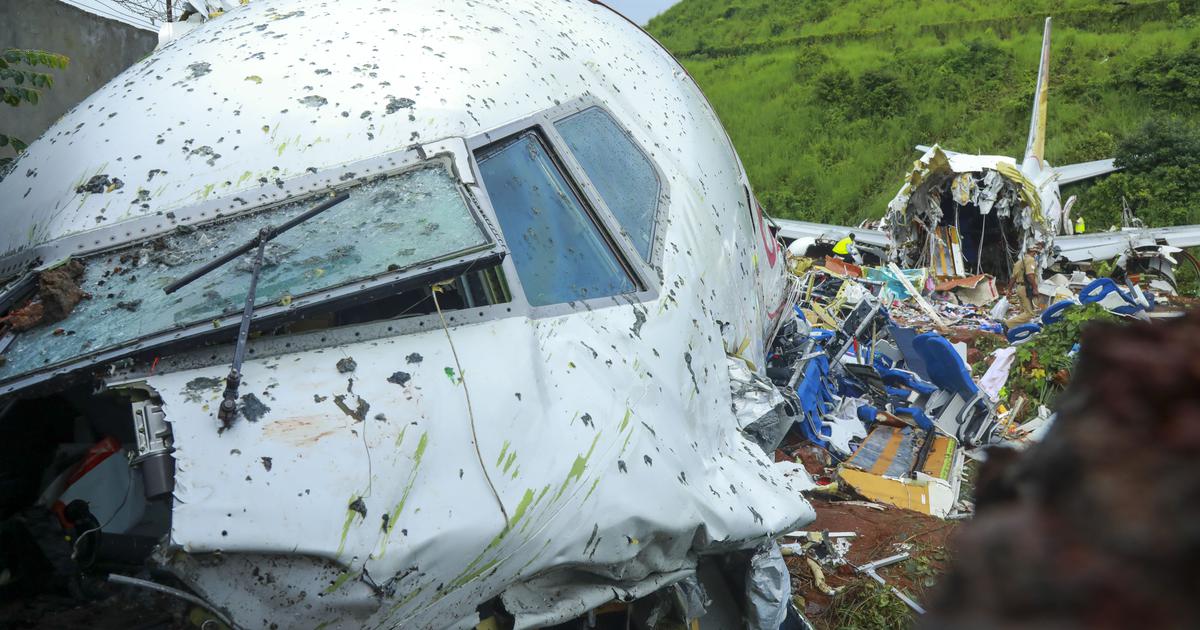China Eastern Airlines starts putting B737-800 aircraft back into operations
Radhika Bansal
18 Apr 2022
China Eastern Airlines has started putting its Boeing 737-800 jetliners back in use for commercial flights less than a month since a crash killed 132 people and led the company to ground 223 of the aircraft, the carrier said on Sunday, April 17.
The airline said it had conducted systematic tests, structural checkups and verified airworthiness data for each of the aircraft, and that test flights would be carried out on all planes before they resumed commercial services.
Boeing 737-800 planes with registration numbers close to the one that crashed on March 21 are still undergoing maintenance checks and evaluation, the company told Reuters in a statement.
China Eastern Airlines start putting B737-800 aircraft back in operations
Flightradar24 data showed earlier in the day that China Eastern flight MU5843, operated by a three-year-old Boeing 737-800 aircraft, took off from the southwestern city of Kunming at 09:58 AM (0158 GMT) on Sunday, April 17 and landed at 11:03 AM in Chengdu, also in southwestern China.
That aircraft, which completed a test flight on Saturday, April 16 later returned to Kunming, according to Flightradar24. Another Boeing 737-800 jet conducted a test flight early on Sunday, April 17 in Shanghai, where China Eastern is based.
ALSO READ – China Eastern B737-800 crash – here’s what is known so far
On March 21, flight MU5735, which was en route from Kunming to Guangzhou, crashed in the mountains of Guangxi and killed 123 passengers and nine crew members in mainland China's deadliest aviation disaster in 28 years.
The airline said it had conducted systematic tests, structural checkups and verified airworthiness data for each of the aircraft
China has retrieved both of the black boxes and said it would submit a preliminary report to the U.N. aviation agency ICAO within 30 days of the event.
The National Transportation Safety Board (NTSB) had announced that a team of US investigators had departed for China to probe the causes of an airliner crash that killed all 132 people on a Boeing 737-800 operated by China Eastern Airlines on March 21.
ALSO READ - China denies internet speculations that blamed the co-pilot for the plane crash
The cause of the recent passenger plane crash in China which killed 132 people remains under investigation, a Chinese aviation official has said, rejecting online speculation that the co-pilot may be responsible for the tragic accident.
China denies internet speculations that blamed the co-pilot for the plane crash
Rumours have been doing rounds online that the co-pilot “might be responsible” for the crash, attributing it to the data from black boxes, with some believing that the CAAC will require flight crews to undergo mental health monitoring, the state-run Global Times reported.
China’s civil aviation regulator, the Civil Aviation Administration of China (CAAC), refuted such rumours over the co-pilot’s involvement in the crash of China Eastern flight MU5375, saying the accident is still under investigation, and no conclusions have been drawn on the cause and nature of the accident yet.
The “rumours”, claimed to be sourced from some public security departments are misleading, would undermine public confidence in the ongoing investigation, and may represent a violation of the law, said Wu Shijie, a CAAC official told the official media.
(With Inputs from Reuters)
Read next
Air India employees plan to go to the Bombay HC to protest eviction from staff quarters
Radhika Bansal
18 Apr 2022

Air India employees plan to approach the Bombay High Court and the Maharashtra government to protest possible eviction from staff quarters in Mumbai.
Employees took the call at a protest meeting on Sunday, April 17 which was attended by Shiv Sena MP Gajanan Kirtikar and NCP leader Vidya Chavan.
In October 2021, the airline issued notices to 1200 Air India employees to give an undertaking that they would vacate their staff quarters in the Kalina area of Mumbai within six months of disinvestment.
Air India employees plan to go to the Bombay HC to protest eviction from staff quarters
ALSO READ - Air India employees asked to vacate quarters
Employee unions protested the move and served a strike notice. The issue is now pending before the labour commissioner's office which initiated a conciliation process.
"We have consulted our lawyers. After the close of conciliation proceedings we will move Bombay High Court. We feel we will get relief from the court.Air India's four staff colonies in Kalina, spread over 310 acres have a total of 1600 flats that house Air India engineers, ground staff and employees, who are allocated the staff quarters in lieu of HRA.About 80% of employees in these staff quarters are those working with Air India's ground handling and engineering companies, both of which are still government-owned companies."George Abraham, General Secretary, Aviation Industry Employees Guild
Kirtikar said Shiv Sena will support the Air India employees and stage protests to protect their homes.
Abraham alleged that the airline has tried to pressurize the employees to give an undertaking by withholding their arrears. He also pointed out that the Air India colony also houses employees from ground handing and engineering companies which have not been privatised.
Air India colony also houses employees from ground handing and engineering companies which have not been privatised.
The employees have demanded that they should be allowed to live in the quarters till their retirement. The first of the quarters was constructed by Air India in 1955.
The land on which these colonies stand belongs to the state government, which leased it to the government-owned Airports Authority of India (AAI) and thereafter to Mumbai International Airport Ltd (MIAL), currently under the Adani Group of Companies.
Read next
In a move that has raised eyebrows, an officer from the Indian Audit and Accounts Service (IA&AS) with no technical expertise in aviation has been appointed director general of the Aircraft Accident Investigation Bureau (AAIB).
According to a report published in The Times of India, Puja Singh Mandol also holds the post of joint director general, Directorate General of Civil Aviation (DGCA), where she handles administrative duties.
Can an auditor be in command of the aircraft accident bureau?
A source said Mandol’s appointment as AAIB director general is a stop-gap measure till the post gets filled. The post was, until a couple of months ago, held by Group Captain Aurobindo Handa.
Capt Amit Singh, an air safety expert, said, “The appointment may be temporary, but the question is can she undertake the jobs and responsibilities that come with heading the accident investigation bureau for that period of time? For instance, final reports into accidents and incidents, documents highly technical in nature, are submitted to the director general for acceptance.”Capt Amit Singh, Air Safety Expert
The ministry of civil aviation was not reachable for comment.
The Aircraft Accident Investigation Bureau (AAIB) is a division of the Ministry of Civil Aviation, Government of India which investigates aircraft accidents and incidents in India.
Former Indian Airlines director, flight safety, Capt S S Panesar, said, “It is unsafe even if it is for a short period, as an incident or accident can take place any time. The onus of ordering an investigation and overseeing it would then fall on the inexperienced official…The current practice of deputing cadre from DGCA to AAIB and especially the head of the AAIB not being technically qualified not only is a conflict of interest but is demoralizing for the industry.” Capt S S Panesar, Former Director (Flight Safety), Indian Airlines
The agency was established by an order on May 26, 2011. The Aircraft (Investigation of Accidents and Incidents) Rules, 2012 came into effect on July 5, 2012. It provides for the setting up of an Aircraft Accident Investigation Bureau.
AAIB, India has carried out more than 150 Accident and Incident investigations so far including a major accident in 2020 of Air India Express Flight 1344.
ALSO READ - AAIB breaks rules by naming pilots in the final report on Gwalior accident
(With Inputs from The Time of India)
Read next
Wisk Aero and Skyport collaborate to chart a "first-of-its-kind" roadmap for future autonomous eVTOL ops
Prashant-prabhakar
17 Apr 2022

Electrical Vertical Take-Off and Landing (eVTOL) technology is touted to rapidly change the face of urban air mobility and this wouldn't be possible without pushing existing infrastructure and technology over their absolute limits.
Representative | New Atlas
Wisk Aero-a leading California based eVTOL developer which also happens to be the developer of the first all-electric, self-flying air taxi in the US, is now set to collaborate with Skyports-the world-leading designer, developer, and operator of vertiports. to integrate autonomous, electric, vertical takeoff and landing (eVTOL) aircraft operations at vertiports and other ground-based infrastructure.
Vertiports are enablers of Urban and Advanced Air Mobility (UAM/AAM), facilitating the movement of people and goods more rapidly and efficiently than traditional transport infrastructure.
A concept Vertiport | Lilium
The Concept of Operations (CONOP) released by the two companies gives an idea of how various autonomous, electric, vertical takeoff and landing (eVTOL) aircraft operations at vertiports and other ground-based infrastructure will be integrated.
We are excited to partner with Skyports, a leader in vertiports and AAM infrastructure. It is critical that future operations are autonomous for safety, scalability, and affordability. With this ConOps, Wisk and Skyports are helping to define those future operations while ensuring the long-term success and full potential of this industry.Gary Gysin, CEO of Wisk Aero
Gary Gysin | The Business Journals
Although the Advanced Air Mobility (AAM) services will commence with piloted aircraft, autonomous operations will soon take over as autonomy is the key to unlocking the scalability, accessibility, and affordability needed to realize the full potential and total addressable market of AAM.
The collaboration between the two companies will evaluate core areas namely-physical aircraft considerations (functions, capabilities, requirements, interfaces, and support), passenger accommodation, schedule management, ground operations management, final approach and take-off management, and navigational aids, situational awareness, contingency management, and airspace design.
It’s important that infrastructure built today can accommodate the aircraft of tomorrow. We are thrilled to be partnered with Wisk as they push the bounds of aircraft systems innovation. The ConOps and our continued work on the development of vehicle-agnostic vertiports and ground-based infrastructure will ensure that this industry is well prepared to safely integrate autonomous operations in the future.Duncan Walker, CEO of Skyports
Dunken Walker | Unmanned Airspace
Apparently, the CONOPs dictate the upgrades, retrofits, and procedure changes required for safe operations of autonomous eVTOL aircraft. Additionally, it also defines the journey of an autonomous eVTOL aircraft and its relationship to UAM-specific, aircraft-agnostic infrastructure and the necessary systems and interactions between the aircraft, the aircraft’s fleet operator, and the vertiport.
Reportedly, Wisk is also currently developing its sixth-generation eVTOL aircraft, backed by Boeing and Kitty Hawk, and hopes to get the model certified by the U.S. Federal Aviation Administration (FAA).
Les Numeriques
Meanwhile, U.K.-based Skyports has forged partnerships with various AAM companies around the world, including Los Angeles, Italy, Malaysia and the UK to develop infrastructure for future eVTOL operations.
SOURCE(s)
COVER: eVTOL
Read next
After years in the making and innumerable test flights, VOLOCITY takes to the skies in its maiden flight
Prashant-prabhakar
17 Apr 2022

The VoloCity is a two-seater urban air taxi. According to the company, Volocity isn't just another aircraft-it's a veritable game-changer.On a chilly December morning, our team was excited because everything was finally coming together. As the VoloCity emerged from the hangar and moved into the airfield, we held our breath for the flight test we’d been waiting no less than 11 years to conduct.Volocopter
Volocopter, an urban air-mobility company based in Germany, is apparently working on three types of eVTOL vehicles:
1. The VoloCity - a two-seater urban air taxi
VOLOCITY
2. The VoloConnect - for travelling between cities and suburbs
VOLOCONNECT | VOLOCOPTER
3. The VoloDrone - for transporting cargo
VOLODRONE | VOLOCOPTER
How is it going to revolutionize urban air mobility?
According to Florian Reuter, CEO of volocopter, customers will now be able to choose one from the many options available at the tap of a button on a smartphone.
Florian Reuter | Capital Finance International
VoloIQ - the company's digital platform has been designed to integrate all the services and thereby allow a seamless booking of flights. Additionally, special focus has been laid on keeping the flights 100% sustainable as well.
Tech and specs
ET Auto
According to the company, Volocity isn't just another aircraft-it's a veritable game-changer.
How?
The aircraft design has been designed to meet the exact aviation standards and requirements mandated by the EASA and has earned multiple certifications already.
https://www.youtube.com/watch?v=3YIMYonz2b4
VOLOCITY - First full-size prototype in maiden flight
Capacity2 pax including hand luggageAspired certificationEASA SC-VTOL, category enhancedPower typeElectric / batteriesMax take-off mass900 kgRange35 kmMax airspeed110 km/hNo of rotors18Battery typeLithium-ionEngine typeBrushless DC electric motor (BLDC)No of motors18Volocopter
With multiple redundant systems and at least two replacements for rotors, avionics and batteries, it far goes beyond the mandated technical requirements, thereby making it virtually fail-safe.
Volocity takes "noise cancelling" a notch higher as all its 18 rotors operate within a narrow frequency range, largely cancelling each other out. This also makes it four times quieter than a small helicopter.
It features more than 100 microprocessors and state-of-the-art backup systems, making it exceptionally efficient when it comes to stability and control.
Powered by nine rechargeable batteries coupled with a "battery swapping system", enables quick aircraft "turnaround" times and also underlines the company's continued investment into efficiency and sustainability.
The Volocity is the fourth generation eVTOL aircraft and the former three which were created were used for testing and demonstration purposes.
Today, we celebrate a remarkable achievement: the culmination of our aspiration to create a better future in which electric aircraft and emission-free flights are the new dimension of global mobility. As Volocopter taxis toward this new frontier, it will make urban flights just a few smartphone clicks away. These moments demonstrate how our pioneering spirit will bring our vision to life before our very eyes. And it’s just the push we need as we enter the final leg of the race to commercial launchThe company (13th April 2022)
The company is now gearing up to get the aircraft operational for the 2024 Paris Olympics.
SOURCE(s)
COVER: Tech Crunch
Read next
Shape-shifting wings to take to the skies? Airbus might have the answer
Prashant-prabhakar
16 Apr 2022

Reportedly, Airbus is now just a step closer to taking its "eXtra Performance Wing" demonstrator to the skies.In what is touted to be a part of the company's ongoing efforts to decarbonize aviation using state-of-the-art technology, the wing demonstrator recently completed wind-tunnel testing at the company's Filton site.
CompositesWorld
Airbus eXtra Performance Wing
Launched last September, the eXtra Performance Wing builds on "AlbatrossOne" - a similar Airbus project which had engineers fly a scale-model airplane with flapping tips.
Albatross inspired flexible wing-tip demonstrator | Flight Global
The dynamics of the wings here are inspired by an albatross's wings-they feature semi-aeroelastic hinges that respond to turbulence and gusts of wind. The hinges apparently reduce the load on the airframe, thereby slashing the need for reinforcing structures and hence saving considerable weight.
The eXtra Performance Wing demonstrator consists of a scaled-down Cessna Citation VII business jet that can be installed with gust sensors, pop-up spoilers that are rapidly deflected perpendicular to airflow and multifunctional trailing edges that dynamically change wing surface in-flight.
Cessna Citation | Representative | Autoevolution
The quest for sustainability and ways to enhance aircraft performance has often had aerospace engineers turn to nature, more specifically "bird flight".
Various research projects featuring shape-shifting wings and others that demonstrate how designs inspired by owls could one day lead to models that could fly more quietly, more efficiently and be able to handle strong winds better.
Shape-shifting wing design | Representative | Airways Magazine
The applications of the extra-performing wing would be compatible with any propulsion solution and aircraft configuration and would reduce CO? emissions, contributing greatly to Airbus’ decarbonisation roadmap.
Airbus’ extra-performing wing demonstrator is another example of Airbus’ novel technology-oriented solutions to decarbonise the aviation sector.Airbus is continuously investigating parallel and complementary solutions such as infrastructure, flight operations and aircraft structure. With this demonstrator, we will make significant strides in active control technology through research and applied testing of various technologies inspired by biomimicry.Sabine Klauke, Airbus Chief Technical Officer
Sabine Klauke | Airbus
The scaled demonstrator will integrate all the aforementioned technologies on the Cessna and for this, the model will be tested in a state-of-the-art low-speed wind tunnel at Filton, near Bristol.
https://twitter.com/AirbusintheUK/status/1513844378082684935
This UK wing project, which spans 6 years since inception, is designed to bolster a production system capable of handling next-generation wings for future aircraft programmes like a mooted 2030s replacement of the best-selling A320/321 or an upgrade to the existing model
The partly 3D-printed wind-tunnel model - expertly built by the aerodynamics team at Airbus' low-speed, wind-tunnel facility in Bristol - is a scaled-down version of the Cessna jet, incorporating the lightweight, long-span design of the eXtra Performance Wing that will provide the emissions benefits we are striving for.Oliver Family, Head of eXtra Performance Wing, UK
"Wing design", is a complex area that requires an optimum balance between weight and size to produce aerodynamically efficient wings. Interestingly, it is also an area where Airbus and Boeing seem to go at loggerheads with each other too.
The demonstrator is hosted within Airbus UpNext (Toulouse), a wholly-owned Airbus subsidiary created to give future technologies a development fast track by building demonstrators at speed and scale.
SOURCE(s)
COVER: AIRBUS



Comment